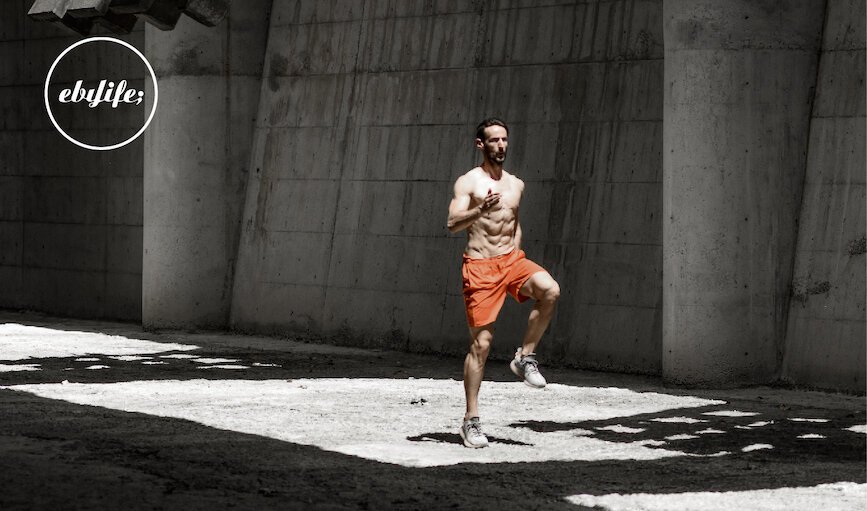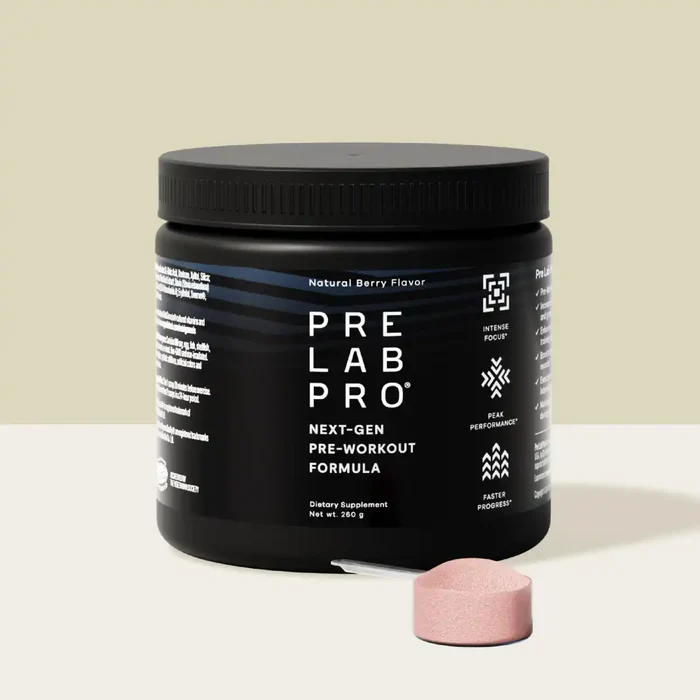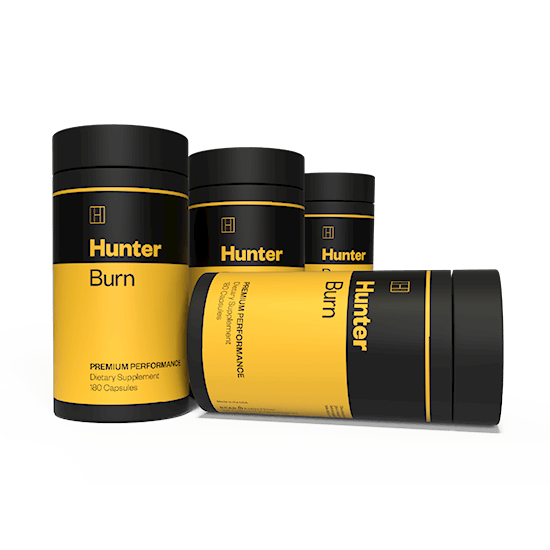HIIT vs Long Distance Cardio for Fat Loss
By Martin Ebner
There's been a massive amount of hype over the fat burning and health benefits of high-intensity interval training or HIIT as it’s more commonly known but is it really all that great and is it more beneficial for fat loss than long-distance moderate-intensity cardio? That’s what we’re here to find out.
First off, I should mention that personally, I’m not a big fan of high-intensity interval training. It’s uncomfortable and honestly, it’s not a great fit for me. With that said, I do encourage and use this training method regularly with my clients who are a.) Short on time b.) want a high-intensity volume-dense workout and c.) want to focus on calorie expenditure for toning and weight loss. If your goals and requirements are similar to those above, HIIT could be a great fit for you. But what about if your main goal is fat burning?
What’s the difference between weight loss and fat loss?
Weight loss and fat burning are not the same thing. Weight loss is reducing a number on the scale by any means and matter possible (reduction of water, muscle, bone mass, fat, etc) whereas fat burning is improving your body composition (ratio of muscle to fat) by yup, you guessed it, burning fat as fuel.
Your body’s energy sources
We have a few different types of energy sources:
First up, we have our body’s preferred form of energy, carbohydrates. When we eat carbs, our bodies break them down into simple sugars which are absorbed into the bloodstream. As sugar levels increase, the pancreas releases insulin which allows these sugars to be used as energy. Any excess is then stored in our liver and muscles as glycogen. Glycogen is the next source of energy our bodies turn to when it’s run out of carbs (or glucose). If you’ve ever exercised in a fasted state, chances are your body used its stored Glycogen as its primary energy source. Last but not least, we have fat. Burn baby burn! It’s only really when we’ve depleted glucose and glycogen that our body begins to break down fat as fuel.
How do we burn fat?
This is the million-dollar question, isn’t it? As I mentioned above, it’s our body’s 3rd choice energy source meaning that you have to be more specific when it comes to what you eat, when you eat, how much and how you train.
Related: The 5 Best stimulant-free fat burners for men and women
HIIT or Cardio for fat burning
First of all. Both are great for your overall health which is always the most important factor when it comes to exercise. Both burn calories and both burn fat but which is better for fat burning specifically?
Unfortunately, the answer to who is crowned the Top Dog of fat burning is somewhat inconclusive. I found studies to support both training styles. However, there are some differences.
HIIT training is, as the name suggests, high intensity. It’s short, sweet and often painful. Long-distance moderate-intensity cardio on the other hand, as the name suggests, is long and moderate. Because of this moderate intensity, it tends to be much easier to sustain for longer periods of time. A few examples of moderate-intensity exercise include fast-paced walking, jogging, cycling, rollerblading, etc.
The argument for Long-distance moderate-intensity exercise
When we perform lower intensity exercise we enter what’s called the “fat-burning zone” (65-75% max heart rate). In this zone or intensity, the energy demands are much lower so our body predominantly utilizes energy from fats. When the exercise intensity increases to HIIT-like status (80% + max heart rate) our body struggles to metabolize fat fast enough to meet our increased energy demands so instead uses carbs and glycogen as they’re more easily metabolized.
The argument for HIIT
As mentioned above, moderate-intensity exercise is the best for in-the-moment fat burning. However, where HIIT has the upper hand is EPOC. Wait. E-what? EPOC or post-exercise oxygen consumption refers to an increased metabolism after your workout is finished. In simpler terms, after high-intensity training, your body has to work harder to recover and return to its pre-exercise state than moderate-intensity activity. To do so, it requires energy aka calories to assist in the process.
As you can see, both forms of exercise work well to burn fat. It’s more down to your own personal preferences when it comes to exercise. What is more important, when it comes to burning fat for fuel is your lifestyle choices in and around your workouts. Here are a few things you can do to turn up your body’s fat-burning furnace:
Reduce your carb intake
Poor Carbs always get thrown under the bus. It’s not their fault they’re so delicious. Carbs aren’t bad. However, as they’re your body’s preferred energy source, they’re not ideal when it comes to burning fat. By all means, eat carbs, just try not to go overboard. Any excess that can’t be used as immediate energy or stored as glycogen will likely get stored as fat.
Nutrient timing
Macronutrient timing involves eating foods at strategic times in order to achieve certain outcomes. When your goal is to maximize fat burning, limit your carbohydrate intake prior to working out and instead opt for a little healthy fat and protein to prevent any excessive muscle breakdown.
If you can’t stomach food right before a workout, you may want to consider a pre-workout supplement like Pre Lab Pro.
Related article: How to Optimise Intermittent Fasting for Fat Burning
Portion control
Much like reducing carbs and correct macronutrient time for fat burning, how much you eat can make a big difference to not only your waistline but to your body’s ability to break down all the food to be used as fuel. It’s a really hard thing to do but try to stop eating before you feel full. One of the best and most obvious ways to do this is to only make the amount of food you think you’ll need. A good way to do this is to weigh your food until you have a better understanding of what a portion size looks like.
Try fasted training
Fasted training is a great way to encourage your body to break down fat as fuel. As you don’t have any “gas” aka carbs in the tank, your body will quickly turn to glycogen and then fat as it looks for energy to power you through your workout.
Note: Fasted training is better suited to moderate-intensity cardio and it’s less stressful on the body. If you’re pushing yourself to extremes on an empty tummy, you could feel light-headed and/or nauseous. If you’re insistent on performing your HIIT sessions fasted, start slowly and build up the intensity as your body adapts to the new conditions.
Related article: Fasted cardio: What is it? Is it best for fat-burning? and is it right for you?
Take a fat burner
Fat burners are not magic pills but they can help facilitate fat loss. I started taking Hunter Burn this summer before my fastest workouts and it worked a treat. Not only for what I believe to be improved fat burning results, but also appetite suppression and a surprisingly good energy boost despite being in a fasted state.
Consume caffeine pre-workout
Not only is Caffeine one of the best stimulants, it’s also one of the most potent natural fat burners. Just make sure you’re getting your hit from coffee and tea, not the artificial stuff you find in energy drinks or poor-quality supplements.
Related: Pre-lab pro review - the best pre-workout supplement for fasted training
Sleep more
Believe it or not, sleep can actually help you lose weight. When you’re under-slept, the 2 hormones responsible for appetite control, Leptin and Ghrelin become imbalanced resulting in increased hunger and diminished feelings of fullness in people who are sleep deprived.
Related articles: How sleep affects athletic performance
On a personal note
When I was a little younger I didn't need to worry about burning fat and staying lean. It always seemed to come quite easily. That however was then and this is now. As I push 40 and stubbornly refuse to eat less in order to stay lean, I now have to combine regular cardio exercise with my strength training workouts.
Personally, I'm a big fan of fasted moderate-intensity cardio exercise and have great results over the last year. I tend to spring out of bed, pop a Fat burner with my black coffee and get to work. Doing it fasted also makes breakfast afterward all the more enjoyable.
A final word
Unfortunately, there is no definitive answer when it comes to an outright fat-burning winner. Both HIIT and cardio have their health benefits and fat-burning potential. Which you choose is preferential to the sort of exercise you like doing, your time commitments, and your results will very much be dependent on your ability to make smart choices when it comes to diet, consistency, routine, sleep etc.
A simple HIIT workout
10-minute warm-up walk/jog
5-10 x 30-second hill sprints with 1-2 minute rest/walk in-between.
Cooldown and stretch
Not into running? No problem, you can also do the workout on a bike, in a pool, on an elliptical, or on roller-blades.



